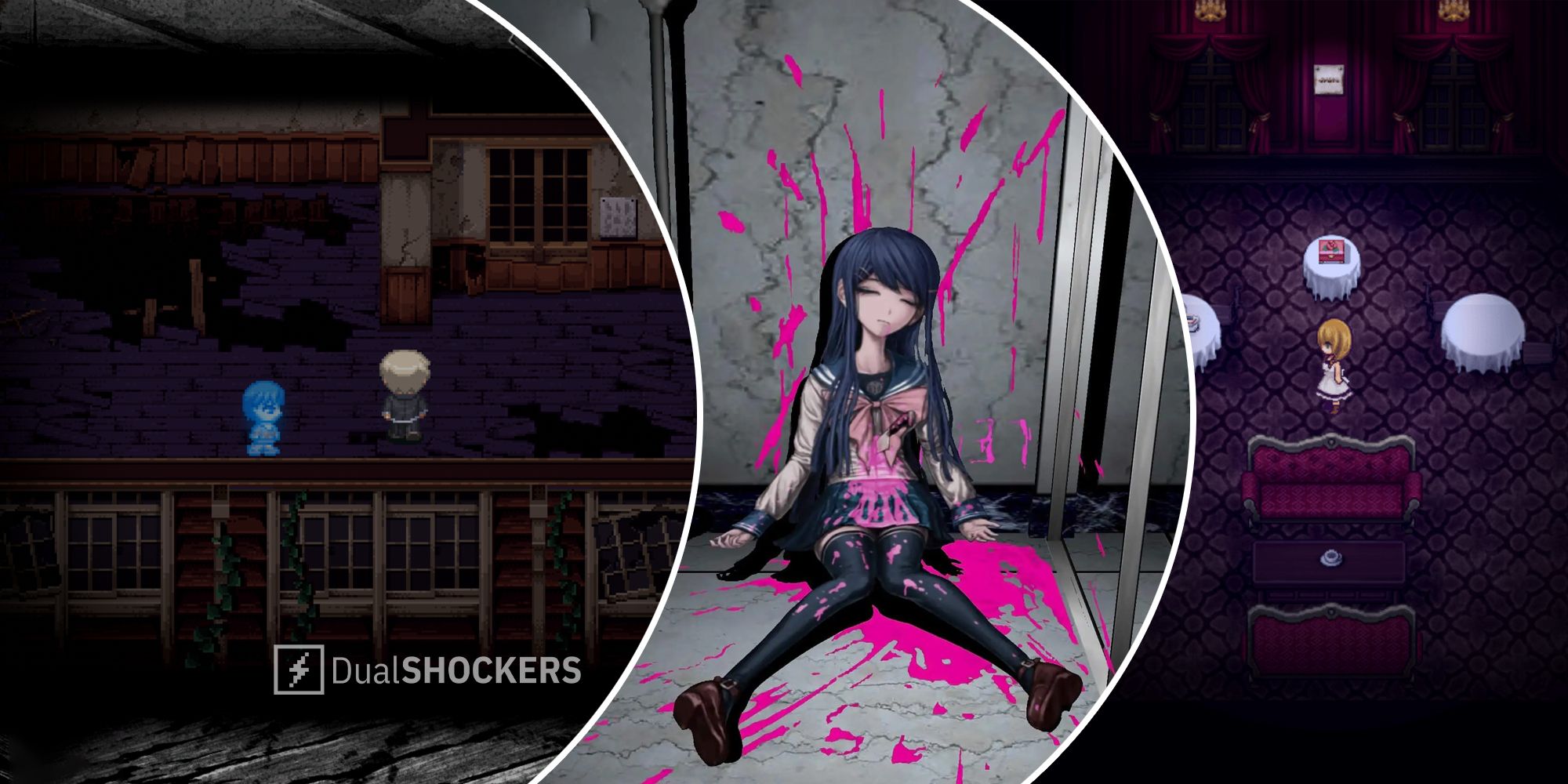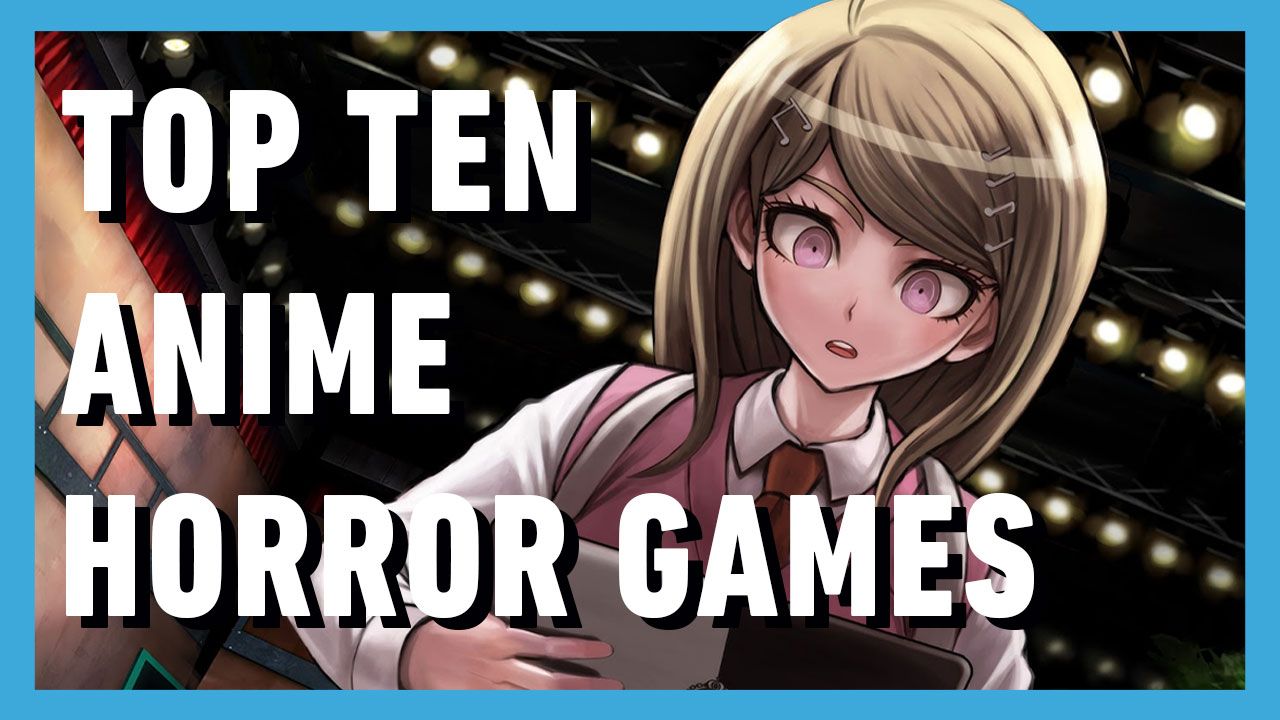
Beyond Jump Scares: Exploring the Enduring Appeal of Animated Horror Games
Horror games often conjure images of photorealistic blood, grotesque monsters rendered in painstaking detail, and the heart-pounding terror of realistic environments. However, a different breed of horror game exists, one that embraces animation – from charmingly quirky 2D adventures to stylized 3D worlds – to deliver scares that are just as potent, and often far more unique. Animated horror games offer a compelling alternative, proving that fear isn’t solely reliant on realism. They leverage the inherent malleability of animation to create unsettling atmospheres, explore disturbing themes, and deliver scares that linger long after the credits roll.
The Power of Style: Why Animation Enhances Horror
The choice to animate a horror game is rarely a simple aesthetic decision. It’s a deliberate stylistic choice that opens up a vast array of possibilities, allowing developers to manipulate the player’s expectations and tap into a different kind of fear.
-
Uncanny Valley Evasion: One of the biggest advantages of animation is its ability to sidestep the "uncanny valley." The uncanny valley refers to the feeling of unease and revulsion that arises when something looks almost, but not quite, human. While photorealistic graphics can sometimes fall into this trap, animation, with its inherent stylization, can create monstrous and unsettling characters without triggering the same sense of discomfort. This allows developers to push the boundaries of design and explore truly bizarre and disturbing creatures that might be impossible to render realistically.
-
Visual Metaphor and Symbolism: Animation is a powerful tool for visual storytelling. It allows developers to represent abstract concepts like trauma, guilt, and madness in a tangible way. Animated horror games can use visual metaphors to convey complex emotions and themes, creating a deeper and more meaningful experience than simple jump scares. For example, a character’s anxieties might be represented by a grotesque monster that stalks them throughout the game, or a decaying environment might symbolize the character’s deteriorating mental state.
-
Contrasting Tone and Atmosphere: The juxtaposition of a seemingly innocent or charming art style with dark and disturbing themes can be incredibly effective. This contrast can create a sense of unease and disorientation, making the horror feel even more potent. Imagine a brightly colored world populated by cute characters, only to be confronted with scenes of graphic violence or psychological torment. This unexpected shift in tone can be jarring and unsettling, leaving a lasting impression on the player.
-
Artistic Freedom and Imagination: Animation removes the constraints of reality, allowing developers to unleash their imaginations and create truly unique and terrifying worlds. They can bend the rules of physics, distort reality, and craft surreal and dreamlike environments that would be impossible to achieve with realistic graphics. This freedom allows for a level of creative expression that can elevate the horror experience beyond the limitations of the real world.
A Spectrum of Scares: Different Approaches to Animated Horror
Animated horror games are not a monolithic genre. They encompass a wide range of styles and approaches to delivering scares, each with its own unique strengths.
-
2D Horror Adventures: Games like Fran Bow, Sally Face, and Little Misfortune are prime examples of 2D horror adventures that excel in unsettling atmosphere and psychological horror. These games often feature hand-drawn or pixel art visuals, which contribute to a distinct and memorable aesthetic. They tend to focus on character-driven narratives, exploring themes of trauma, mental illness, and the dark side of childhood. The gameplay typically involves exploration, puzzle-solving, and interacting with bizarre and unsettling characters. The scares in these games are often more subtle and psychological, relying on atmosphere, suspense, and disturbing imagery rather than jump scares. Fran Bow, in particular, is notable for its surreal and disturbing imagery, exploring the protagonist’s mental state through hallucinatory sequences and unsettling dreamscapes.
-
Stylized 3D Horror: Games like Don’t Starve, Darkwood, and Bendys and the Ink Machine utilize stylized 3D graphics to create unique and memorable horror experiences. Don’t Starve, with its Tim Burton-esque art style, combines survival gameplay with a darkly comedic tone, while Darkwood uses a top-down perspective and limited visibility to create a sense of vulnerability and paranoia. Bendys and the Ink Machine leverages a 1930s cartoon aesthetic to create a deceptively cheerful setting that quickly descends into terrifying chaos. These games often rely on resource management, crafting, and stealth mechanics to enhance the feeling of vulnerability and tension. The scares can range from jump scares and grotesque creature designs to psychological manipulation and environmental storytelling.
-
Anime-Inspired Horror: Anime and manga have a long and rich history of horror, and several games have successfully translated this aesthetic into interactive experiences. Games like Corpse Party and Yume Nikki utilize anime-inspired character designs and environments to create unsettling and often disturbing scenarios. These games often explore themes of death, trauma, and the supernatural, and are known for their graphic violence and psychological horror. The scares in these games are often more visceral and shocking, relying on explicit imagery and disturbing sound design to create a sense of dread and revulsion.
-
Stop-Motion Horror: While less common, stop-motion animation can be incredibly effective in creating a unique and unsettling horror experience. The inherent imperfections and tactile quality of stop-motion animation can add a layer of realism and unease that is difficult to replicate with other techniques. Imagine a horror game where the characters and environments are crafted from clay or puppets, with every movement and expression painstakingly animated frame by frame. The result can be both charming and deeply unsettling, creating a truly unforgettable horror experience.
Key Examples and Their Impact:
-
Fran Bow: This 2D point-and-click adventure follows a young girl with a mental illness as she navigates a surreal and disturbing world in search of her murdered parents. Its unsettling imagery, psychological themes, and compelling narrative have made it a cult classic.
-
Don’t Starve: This survival game combines a Tim Burton-esque art style with challenging gameplay and a darkly comedic tone. Its unique aesthetic and unforgiving difficulty have made it a popular choice for players seeking a challenging and atmospheric horror experience.
-
Darkwood: This top-down survival horror game utilizes limited visibility and a chilling atmosphere to create a sense of paranoia and vulnerability. Its focus on resource management and stealth mechanics, combined with its disturbing creature designs, make it a truly terrifying experience.
-
Bendys and the Ink Machine: This first-person puzzle horror game combines a 1930s cartoon aesthetic with disturbing imagery and jump scares. Its unique art style and unsettling atmosphere have made it a popular choice for fans of atmospheric horror.
-
Corpse Party: This anime-inspired horror game is known for its graphic violence and psychological themes. Its exploration of death, trauma, and the supernatural, combined with its unsettling imagery and disturbing sound design, make it a truly shocking and memorable experience.
The Future of Animated Horror Games:
The future of animated horror games is bright. As technology continues to advance, developers will have even more tools at their disposal to create visually stunning and deeply unsettling experiences. We can expect to see more games that push the boundaries of animation, exploring new styles and techniques to deliver scares that are both innovative and effective.
Furthermore, the growing popularity of indie game development is creating more opportunities for smaller studios to experiment with unconventional art styles and themes. This will likely lead to a greater diversity of animated horror games, catering to a wider range of tastes and preferences.
Ultimately, animated horror games offer a unique and compelling alternative to traditional photorealistic horror. They leverage the power of animation to create unsettling atmospheres, explore disturbing themes, and deliver scares that are both visually striking and psychologically impactful. As the genre continues to evolve, we can expect to see even more innovative and terrifying animated horror games in the years to come, proving that fear can be found in even the most unexpected places. The key is not the realism, but the artistry and the intention. Animation allows for a level of control and manipulation that can amplify the emotional impact of the horror, leaving a lasting impression on the player that lingers long after the game is over.

